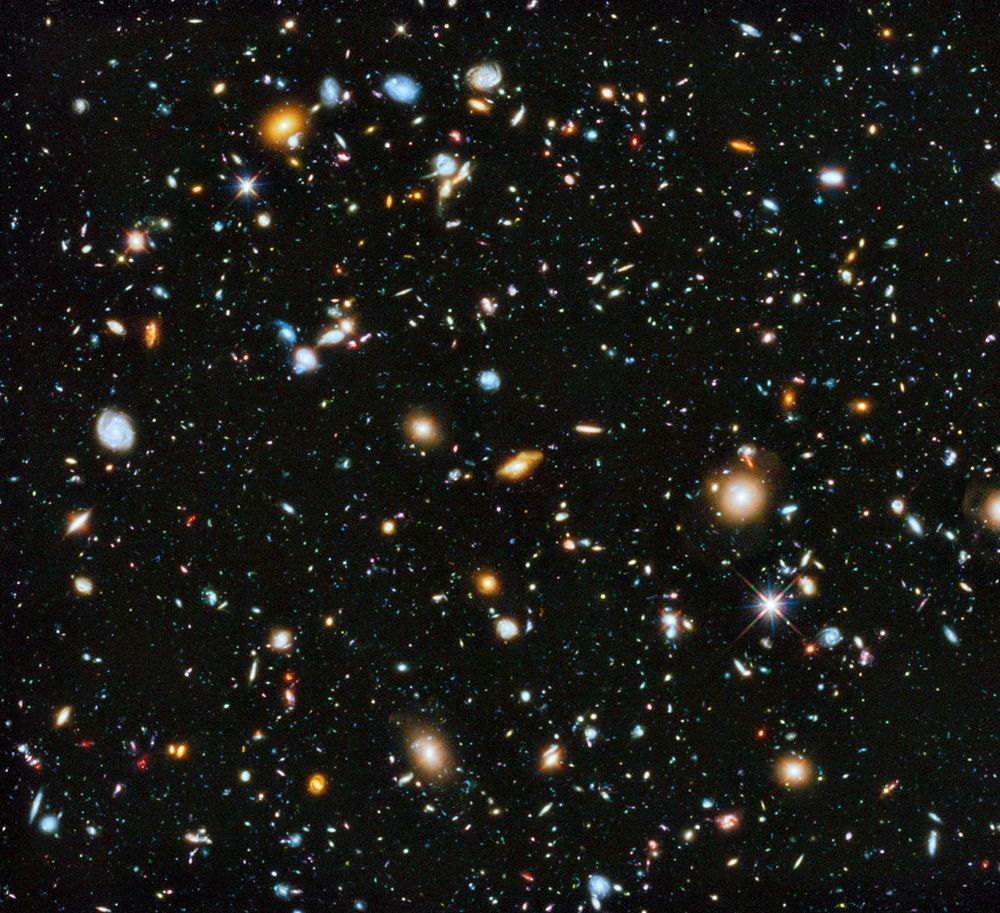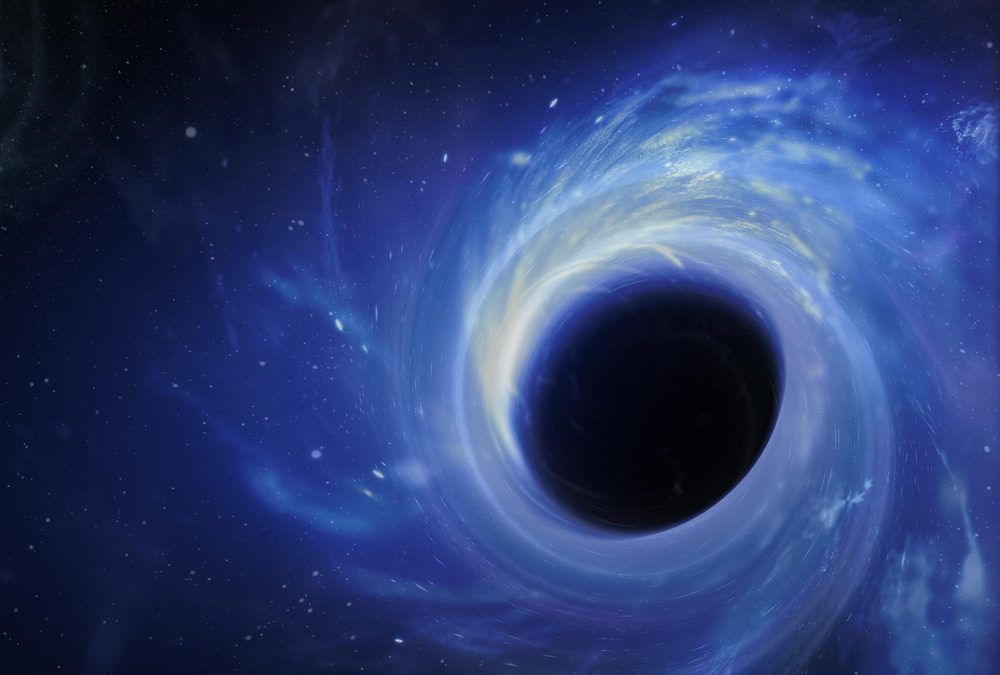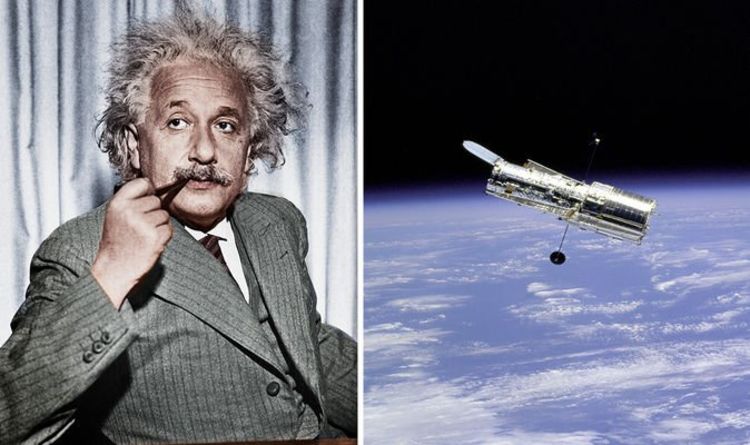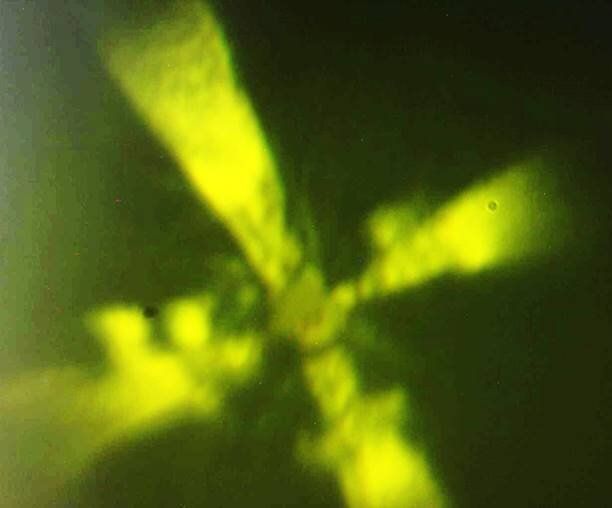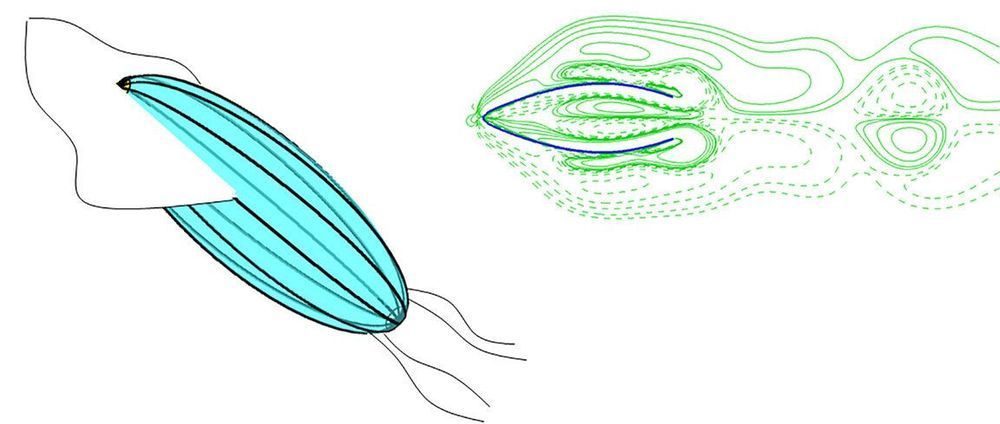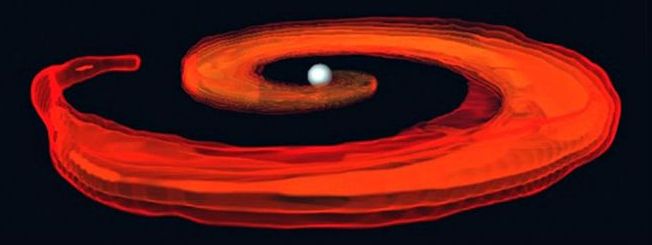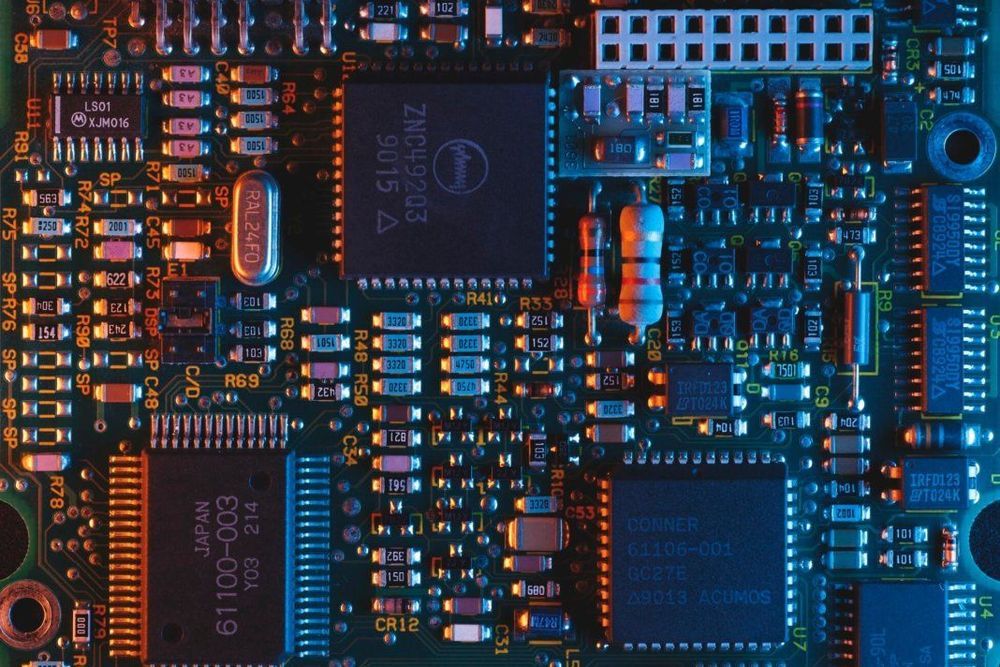Oct 10, 2019
CERN congratulates 2019 physics Nobel Prize winners
Posted by Genevieve Klien in categories: cosmology, evolution, physics
CERN congratulates James Peebles, Michel Mayor and Didier Queloz on the award of the Nobel Prize in physics “for contributions to our understanding of the evolution of the universe and Earth’s place in the cosmos”. Peebles receives the prize “for theoretical discoveries in physical cosmology” and Mayor and Queloz are recognised “for the discovery of an exoplanet orbiting a solar-type star”.
Cosmology studies the universe’s origin, structure and ultimate fate. Peebles’ theoretical framework of cosmology, developed since the mid-1960s, is the foundation of our knowledge of the cosmos today. Thanks to his seminal theoretical work, physicists now have a model that can describe the universe from its earliest moments to the present day, and into the distant future.
Meanwhile, Mayor and Queloz have explored our cosmic neighbourhood and announced in 1995 the first discovery of an exoplanet – a planet outside our Solar System – orbiting a solar-type star in the Milky Way. The discovery of this exoplanet, dubbed 51 Pegasi b, was a milestone in astronomy and has since led to the discovery of more than 4000 exoplanets in our galaxy.
